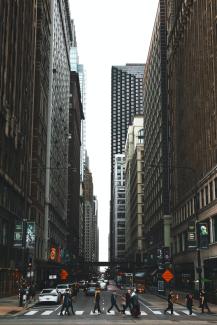
May 22, 2020
Happy Friday,
Despite a small downdraft today, this has been a good week in the U.S. investment markets. All 50 states have reopened, at least to some extent. Some beaches in the northeast are opening (only to residents) in time for the Memorial Day weekend. The FDA has approved remdesivir and hydroxychloroquine/chloroquine for the treatment of the coronavirus. AstraZeneca is in phase 3 of human trials toward the development of a vaccine. The backside of the coronavirus seems to be taking shape.
So, what does economic recovery look like? As we learned in economics school, if you ask ten economists a question, you get eleven different answers. Let’s first identify the problem – we have a crisis of demand. If we are ordered to be shelter in place, we, as consumers, cannot consume goods and services. By default, the economy will slow to a halt until something changes. That change needs to be the ability of the consuming public to once again demand goods and services.
Is there a trade-off between reopening the economy and health safety? If Florida and Georgia are any indication, that trade-off is minor at best. In fact, both of these states continued to see a reduction in new infections even after their respective economies were opened for business. In Monterey County, for example, the death rate (using the current number of reported COVID-19 deaths and 2019 population as reported) is 1.8/1000 of 1%. One might be inclined to ask why the county remains shelter in place, especially when so many other things that we live with every day have a much higher death rate.
No one is going to argue that health safety comes first. But at some point, life – and businesses – need to go back to operating normally. Things will change, no question, but the economy will die if we continue as we are. Let’s be safe, be smart and reopen the best economy in the world.

